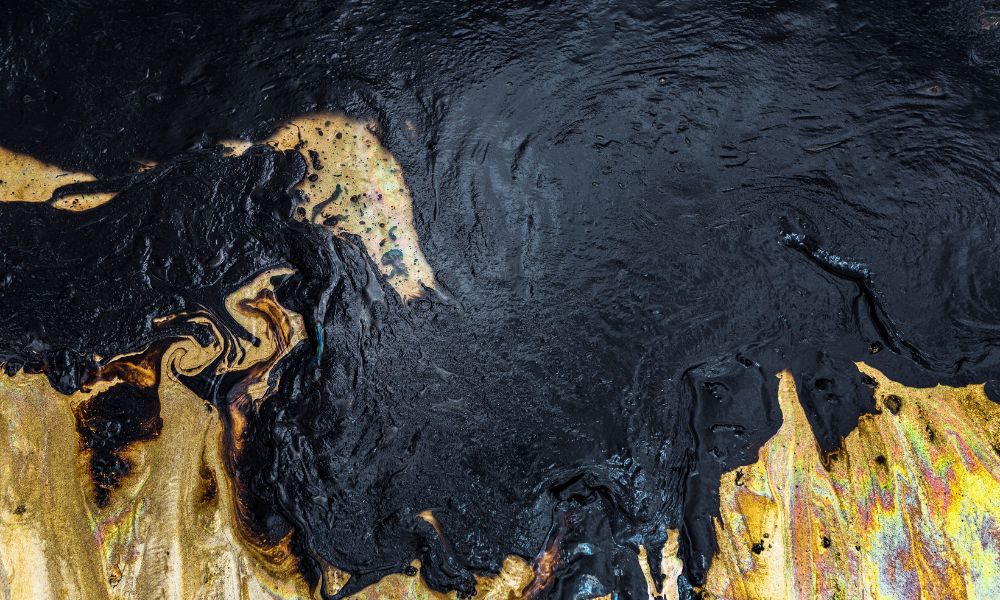When working with chemicals, safety is always a top priority. Unfortunately, accidents do happen, and chemical spills are a potential risk in any environment where these substances are stored or used. Knowing how to properly handle and neutralize a chemical spill is essential to maintaining a safe workplace. With that, discover the dos and don’ts of neutralizing a chemical spill.
Do: Assess the Situation
Before attempting to neutralize a chemical spill, it’s crucial to evaluate the situation. Identify the chemical involved, its hazards, and the extent of the spill. Consult the Material Safety Data Sheet (MSDS) or other safety resources for specific information about the chemical and proper handling procedures.
Don’t: Rush In
Never approach a chemical spill without the appropriate personal protective equipment (PPE). Depending on the chemical involved, this may include gloves, goggles, a face shield, and a chemical-resistant apron or suit. Ensure that all personnel involved in the spill response are properly trained and equipped.
Do: Contain the Spill
Once you’ve assessed the situation and donned the appropriate PPE, work to contain the spill. Use absorbent materials like spill pads to prevent the spill from spreading. If necessary, construct barriers to keep the spill away from drains or other sensitive areas.
Don’t: Use Incompatible Neutralizing Agents
It’s important to use the correct neutralizing agent for the specific chemical involved in the spill. Using an incompatible agent can lead to dangerous reactions or make the situation worse. Always consult safety resources for guidance on the appropriate neutralizing agent.
Do: Clean Up Safely
After neutralizing the spill, carefully clean up the area. Collect the neutralized material and any absorbent materials used in the containment process. Properly dispose of the waste according to local regulations and your organization’s waste management protocols. At Post Apple Scientific, we have certain solvents for sale that may help clean up chemical spills in your laboratory.
Now that you know the dos and don’ts of neutralizing a chemical spill, put in the effort to make your lab a safer place for all your employees.


Trackbacks/Pingbacks